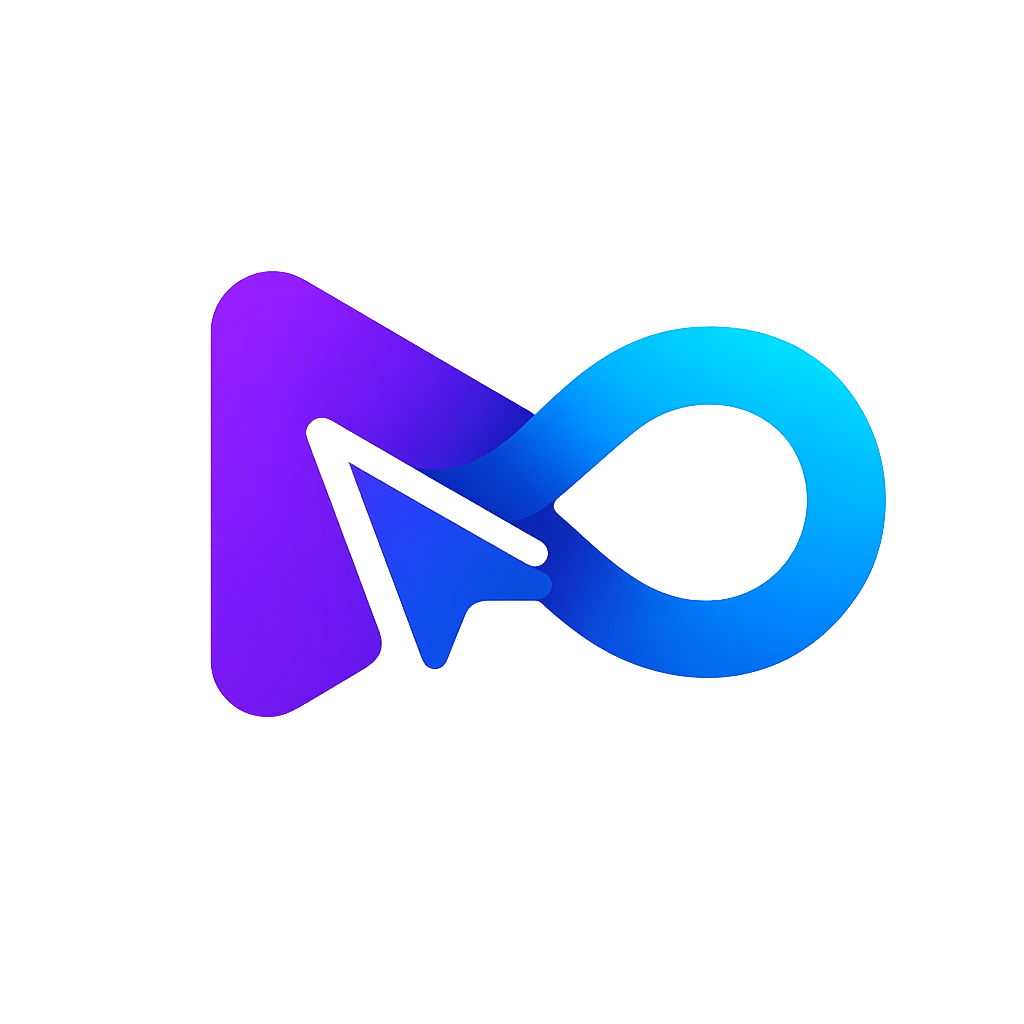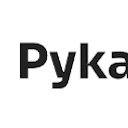AI App Builder

What is flutterflow.io?
FlutterFlow is a low-code development platform designed for creating native mobile applications. With its user-friendly drag-and-drop interface, you can expedite the app development process by up to ten times compared to conventional methods. FlutterFlow operates entirely within your web browser, allowing you to swiftly construct fully operational apps. It offers robust features such as seamless Firebase integration, API support, and animation capabilities. Additionally, you have the option to export your code or effortlessly deploy your application directly to app stores. For more information about FlutterFlow, you can visit its official website or refer to its documentation. Furthermore, you can explore a demo of FlutterFlow without the need for logging in.
What are the benefits of flutterflow.io?
FlutterFlow is a low-code tool tailored for crafting native mobile applications, offering a range of advantages:
- Accelerated Development: With a user-friendly drag-and-drop interface, FlutterFlow enables you to construct your app up to ten times faster compared to conventional development methods.
- Cross-Platform Compatibility: You have the capability to create cross-platform native apps using Flutter, a contemporary and robust framework renowned for its ability to produce visually appealing user interfaces and high-performance applications.
- Firebase Integration: FlutterFlow facilitates seamless integration with Firebase, a widely-used and scalable backend service offering authentication, database management, storage, and more.
- Custom Code Incorporation: For advanced functionalities or specific logic requirements, you can effortlessly insert custom code into your application.
- Streamlined Deployment: You can conveniently export your code or directly deploy your application to app stores or the web with a single click.
How does flutterflow.io work?
FlutterFlow is a web-based application that simplifies the creation of native mobile applications through an intuitive drag-and-drop interface. With FlutterFlow, you have the flexibility to design your app's user interface, establish connections to various data sources, implement logic and functionalities, and deploy your app effortlessly to both app stores and the web, all with a single click.
One of FlutterFlow's key attributes is its versatility. It allows users to customize their apps by incorporating custom code and functions, and it seamlessly integrates with popular services like Firebase, Supabase, and various APIs.
To gain a deeper understanding of FlutterFlow and its functionalities, you can refer to the following resources:
- Introduction - FlutterFlow Docs: The official documentation of FlutterFlow offers a wealth of resources including tutorials, guides, troubleshooting tips, and more.
- FlutterFlow - Build beautiful, modern apps incredibly fast: The official FlutterFlow website provides access to sign up for a free account, offers a demo, showcases testimonials, and explores the platform's features.
- What is FlutterFlow? A Comprehensive Guide, Review, and Exploration: This blog post by LowCode Agency offers a comprehensive review and exploration of FlutterFlow, covering its features, advantages, limitations, and alternative solutions.
What are the limitations of flutterflow.io?
FlutterFlow is indeed a valuable tool for expeditiously creating mobile applications; however, it is essential to be cognizant of its inherent limitations. Some of these limitations encompass:
- Complexity Constraints: FlutterFlow's reliance on pre-designed components might render it less suitable for intricate applications. Complex customizations and advanced features may be challenging to implement effectively within the platform's framework.
- Limited Code Control: The automated code generation process in FlutterFlow may restrict developers' control over the final codebase. This could potentially result in issues related to code quality, performance, or security.
- Widget Parameter and Callback Function Restrictions: FlutterFlow imposes certain constraints on passing widgets as parameters and employing callback functions in custom widgets. These limitations could curtail the flexibility and functionality of the application.
- Relatively New Platform: As a relatively recent addition to the app development landscape, FlutterFlow may exhibit occasional bugs, errors, or compatibility issues. Additionally, it may lack some features or integrations that are readily available in more established app development tools.
It's advisable for developers to consider these limitations alongside the platform's advantages when determining its suitability for their specific project requirements.
How much does flutterflow.io cost?
As per the information provided on the official FlutterFlow website for the year 2023, the pricing structure is as follows:
- Free Plan: This plan is available at no cost, offering limited features. Users can access the visual application builder, web publishing capabilities, and a variety of page and component templates.
- Standard Plan: Priced at $30 per month, the Standard Plan provides additional features such as code download, APK download, and the ability to use a custom domain for web publishing.
- Pro Plan: The Pro Plan is priced at $70 per month and offers more advanced functionalities. It includes features like source repository integration, one-click localization, GitHub integration, and one-click deployment to app stores.
- Teams Plan: Also priced at $70 per month, the Teams Plan is tailored for collaboration and project management. It includes features like real-time collaboration, project-level access controls, 7-day audit logs, and centralized billing management.
Furthermore, users have the option to save approximately 25% on their subscription costs by opting for annual billing instead of monthly payments. Additionally, regional discounts may be available depending on the user's location.
What is FlutterFlow and how can it benefit my app development process?
FlutterFlow is a low-code development tool that helps developers quickly create customized, high-quality mobile applications. With its user-friendly drag-and-drop interface, FlutterFlow accelerates the app development process, allowing you to build your application up to ten times faster than traditional methods. It offers seamless integration with Firebase and support for APIs, making it easy to connect your app to real-time data and services. The platform enables you to build robust, responsive apps that can be deployed across multiple platforms, including App Store, Play Store, and the web, with a few clicks. Furthermore, FlutterFlow allows you to export your code, ensuring you maintain control over your application’s source code and avoid vendor lock-in.
How does FlutterFlow facilitate collaboration within my development team?
FlutterFlow enhances team collaboration by providing tools that allow developers to work together seamlessly. It supports branching so that your team members can work on different parts of a project concurrently without interfering with each other’s progress. Team members can also leave comments and assign tasks directly within the platform, streamlining communication and project management. Furthermore, you can invite additional team members to collaborate on projects easily through the platform without requiring complex setup processes, fostering a more efficient and agile development environment.
Can FlutterFlow help me maintain my app's branding and design consistency?
Yes, FlutterFlow offers extensive customization options to ensure that your app aligns with your brand identity. It allows you to create your own Design System directly within the platform or import themes from design tools like Figma, so your app design is consistent with your brand guidelines. You can fine-tune every aspect of your app through granular control of widget properties and logic, enabling you to achieve a high level of customization in visual and interactive elements. This customization capability ensures that your application is not only functional but also aesthetically aligned with your brand's design standards.




.webp)
























